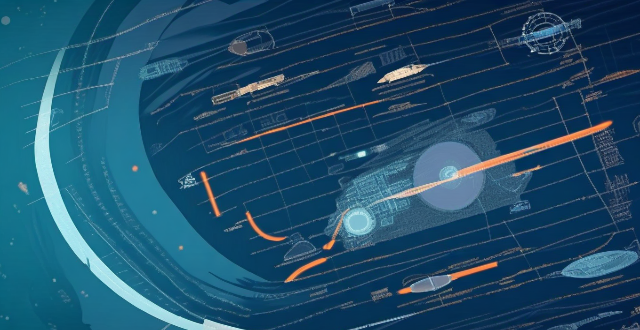Scientists are exploring various concepts and technologies to make interstellar travel possible, including light sail technology propelled by lasers, warp drive theory involving bending space-time, multi-generation ships with sustainable ecosystems, and time dilation through relativistic travel. However, these ideas face significant scientific and technological challenges such as developing powerful enough lasers, designing tiny lightweight spacecraft, finding an energy source for near light-speed travel, and creating stable ecosystems for long-term isolation. Despite these obstacles, the pursuit of interstellar travel drives advancements in materials science, propulsion technology, and our understanding of the universe's fundamental laws.

How Do Scientists Plan to Overcome the Vast Distances Involved in Traveling to Other Stars?
Traveling to other stars is a monumental challenge due to the vast distances involved. The closest star to our Sun, Proxima Centauri, is about 4.2 light-years away, which translates to approximately 40 trillion kilometers. To put this into perspective, it would take thousands of years to reach even the nearest star using current human spacecraft technology. However, scientists are exploring various concepts and technologies that might make interstellar travel possible in the future. Here are some of the ideas being considered:
Breakthrough Starshot
Light Sail Technology
One approach being developed by the Breakthrough Starshot project is to use light sails propelled by lasers. Miniature spacecraft equipped with ultra-thin, reflective sails would be accelerated to about 20% of the speed of light using Earth-based lasers. This could potentially reduce travel time to our neighboring star system to around 20 years.
Challenges
- Laser Power: Developing lasers powerful enough to propel a spacecraft over such vast distances without significant energy loss.
- Spacecraft Construction: Designing and manufacturing tiny, lightweight spacecraft capable of surviving the journey and performing scientific observations upon arrival.
Warp Drive Theory
Bending Space-Time
The concept of a "warp drive" comes from the theoretical framework of Alcubierre, who proposed a way to contract space-time in front of a spacecraft and expand it behind, effectively creating a bubble that moves faster than light without breaking the laws of relativity.
Challenges
- Negative Energy: The theory requires the existence of "negative energy" or "exotic matter," which has yet to be observed or produced.
- Energy Requirements: Even if exotic matter exists, the amount of energy needed to power such a device might be beyond our current capabilities.
Multi-Generation Ships
Sustainable Ecosystems
Another idea involves creating self-sustaining ecosystems on board large spacecraft that could support multiple generations of humans during the long journey. These ships would need to be fully closed loop, with systems for recycling water and air, as well as producing food and managing waste.
Challenges
- Technological Complexity: Creating and maintaining a stable ecosystem over centuries is an immense technological undertaking.
- Psychological Impact: Long-term isolation and confinement could have profound psychological effects on the crew and their descendants.
Time Dilation and Relativistic Travel
Approaching Light Speed
According to Einstein's theory of relativity, as an object approaches the speed of light, time dilation occurs, meaning time passes more slowly for the traveling object compared to stationary observers. If a spacecraft could reach speeds close to light speed, the journey time from an Earth-bound perspective could be significantly reduced.
Challenges
- Energy Source: Finding an energy source powerful enough to accelerate a ship to near light speed.
- Safety Concerns: The dangers of high-speed collisions with even the tiniest particles of dust or gas would be catastrophic.
Conclusion
While these concepts offer exciting prospects for interstellar travel, they all face significant scientific and technological barriers. Nevertheless, the pursuit of these challenges drives advancements in materials science, propulsion technology, and our understanding of the universe's fundamental laws. Only time will tell if humanity can overcome the vast distances to reach for the stars.